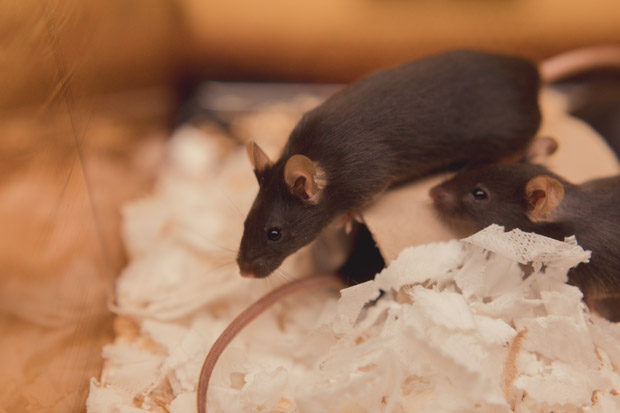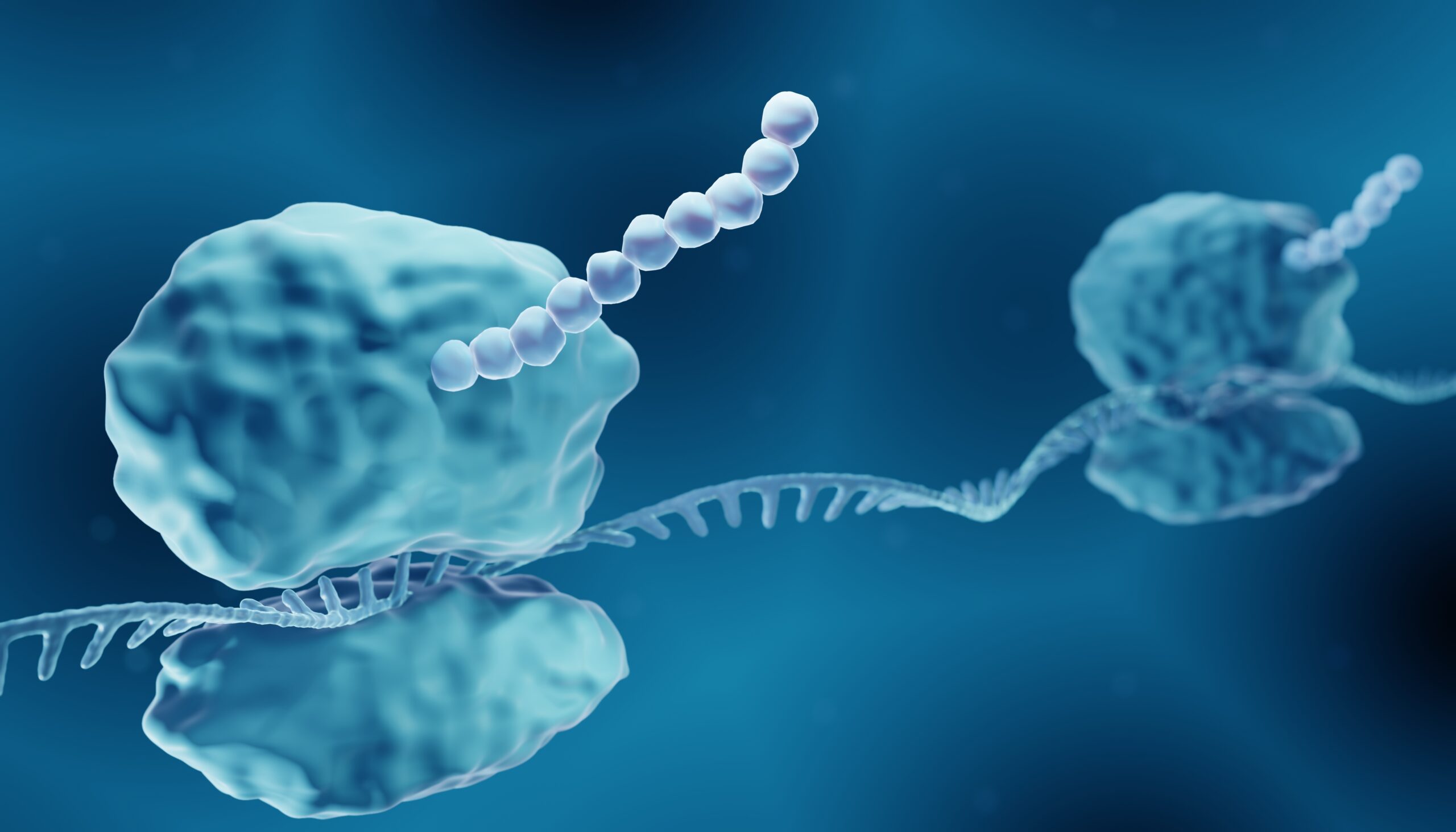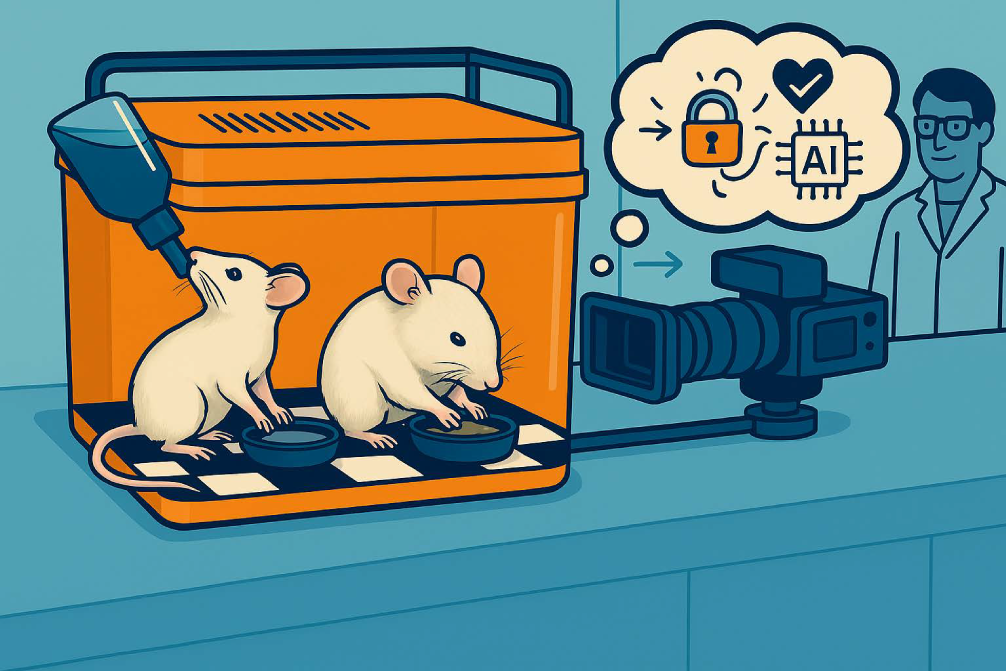Each year the Home Office publishes figures on the number of animals used in scientific procedures in the UK. For the first time, additional statistics have been published on all animals involved in research – a welcome milestone for animal research transparency.
But what are these additional statistics? And why are some animals not counted in the statistics on procedures? Dr Sara Wells, Director of the MRC Mary Lyon Centre at MRC Harwell, explains.
The biology we share with animals makes them incredibly useful for studying how our bodies work when healthy and how they change when affected by a disease. Research using animals has helped us make great progress in our understanding and treatment of disease including high blood pressure and asthma. All scientists using animals for research have a responsibility to search for non-animal alternatives and to design experiments which involve the least amount of suffering to the lowest number of animals. It’s also our legal duty to provide annual figures on the number of animals used in scientific procedures. In the UK, the Animals (Scientific Procedures) Act states that every January, projects using animals must report the species, numbers, severity and purpose for every individual animal they have used in scientific procedures for the previous year. Due to a welcomed change in legislation which I wrote about in 2015 – to record the maximum severity of scientific procedures every animal has experienced in its lifetime – we now have a more accurate picture of animal research in the UK. But not every animal bred in licenced establishments will enter a scientific programme of research, or be genetically altered – activities classified as ‘scientific procedures’. If animals are bred that can’t be used in research, scientists try and find other uses for the animals, such as using their tissues for experiments. However, sometimes there is no alternative and the animals are humanely killed. Accounting for all animals The additional numbers released today refer to the total number of animals which have been kept in the same regulated conditions but without the potential of harm or suffering from scientific procedures. These additional animals include breeding animals that are used solely to produce offspring for experiments. Ageing is associated with changes, such as altered hormone production, so breeding animals can’t be used in experiments. Sustaining breeding groups for research often requires a lot of breeding animals, so these animals account for a large proportion of the additional animals. Animals involved in these so-called ‘husbandry processes’ are essential to medical research but have never been included in the annual statistics for animal use before. Factors outside of our control Even though we use calculation methods to predict the probable outcome of matings, it’s often not possible to produce the exact number of animals required. And the ratio of males to females always remains equal, even if only a single gender is needed for an experiment. For example, in developmental studies, only females are used to produce embryos. Uniquely in Europe, the UK regulates the breeding and housing of all genetically altered (GA) animals, whether or not the altered DNA they carry is detrimental to their health and wellbeing. Many of these GA animals are bred with non-GA siblings as an unavoidable consequence of genetic inheritance. For example, when a gene is altered in a mouse, the parent may only pass the altered gene on to half of its offspring. Getting an accurate picture Animals involved in husbandry processes such as these have never been included in the annual statistics for animal use. The EU Directive of 2012 has made it a legal obligation for all establishments to publish these additional figures once every five years. So, from today, the additional statistics will also be made available. They represent a true reflection of the number of animals involved in biomedical research in the UK in 2017. Some establishments have been putting these additional figures on their websites for some time, including MRC Harwell. The broadening of the focus of the legislation will ensure that the scientific community and public are properly informed of the numbers of all animals involved in research. We see this as a welcome milestone in transparency and openness. Article adapted from a blog published in MRC Life



